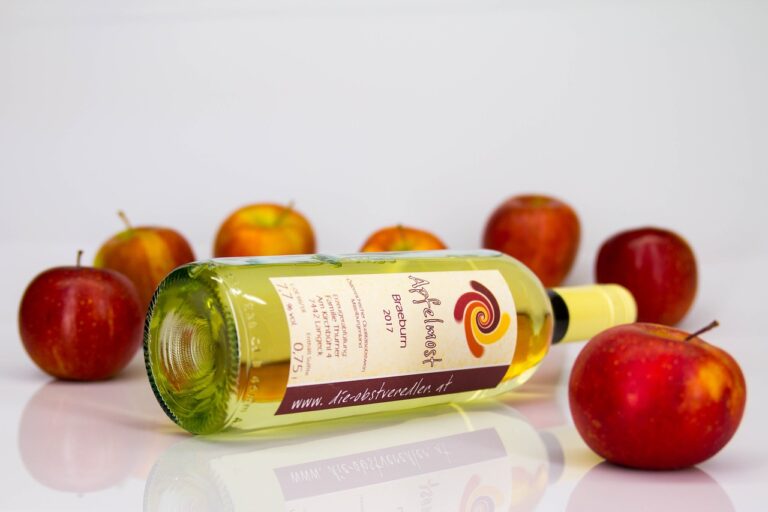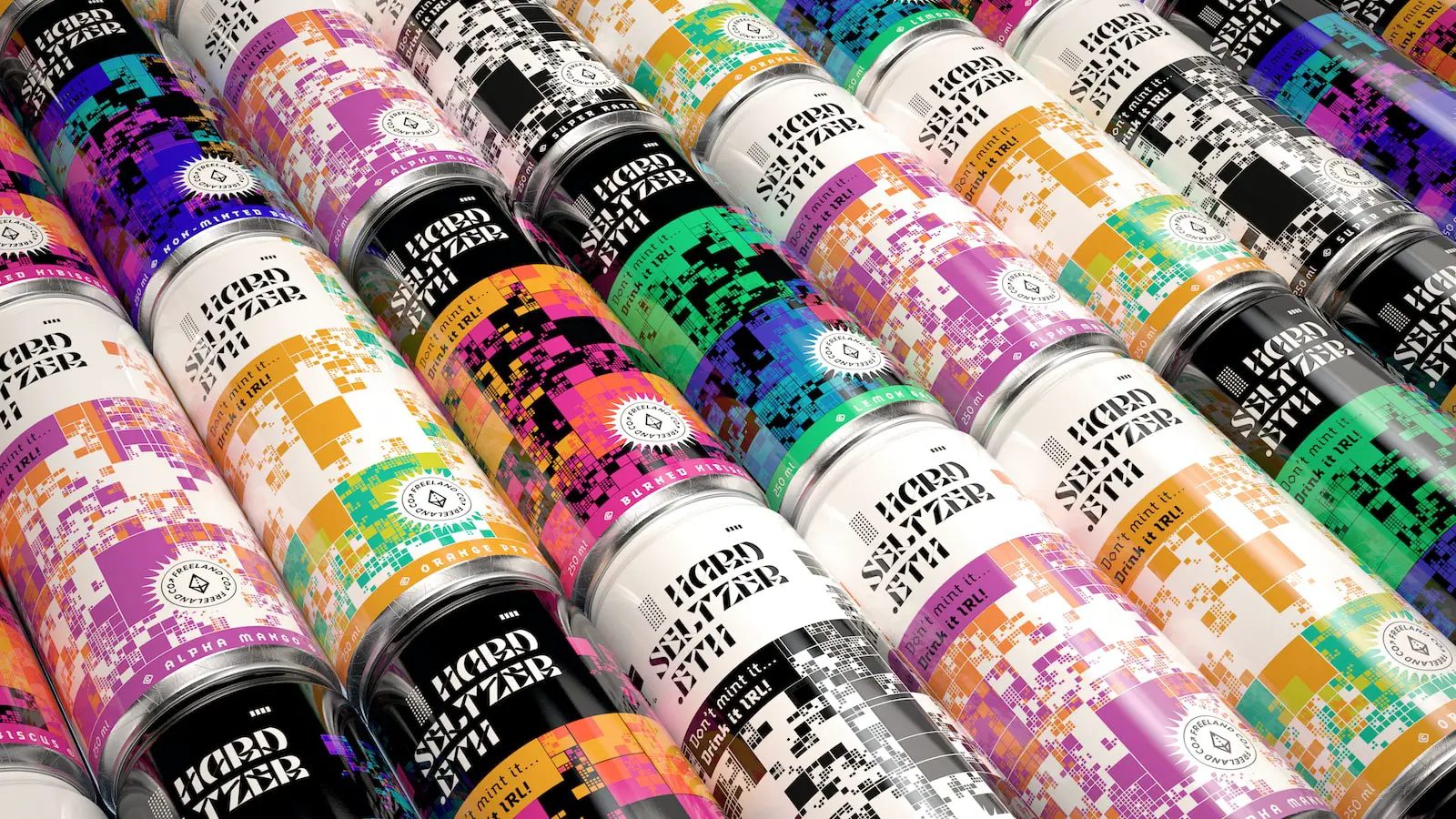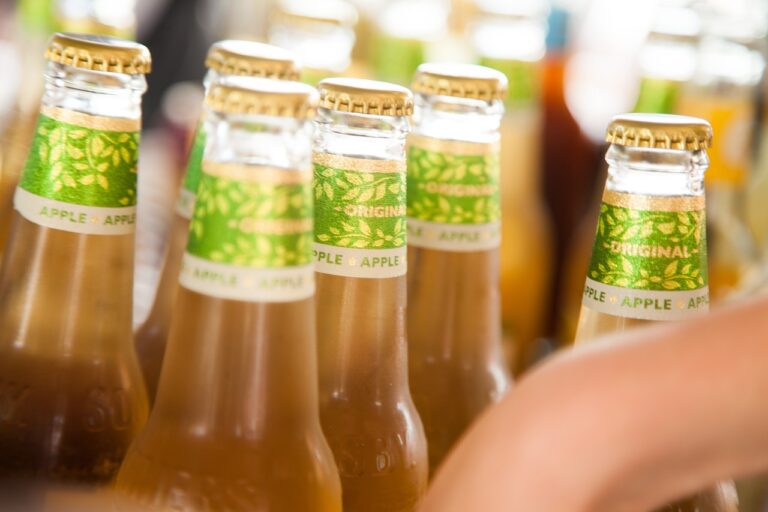When you have finished your homebrew beer fermentation and final creation, it’s time for bottling.
However, some of the home brewers who are experienced enough to have a keg may prefer to place the beer there for carbonation needs.
That’s why you need to store the beer separately when you wait for keg conditioning and additional bottling.
It’s just the way things should be to preserve the natural taste and carbonization of your beer.
In any other aspect, you should preserve the room in cooler than average temperatures to ensure that no external factor will interact with your beer.
After all, homebrew beer is a sensitive product that will need your full attention to be in the best possible shape until you finally enjoy it.
Let’s see what happens to beer before keg conditioning and how you can better succeed in preserving the beer and the same time, perform the conditioning efficiently.
What is Keg Conditioning in the First Place?
Keg conditioning is the process when you add carbon dioxide to your metallic keg. The better the keg, the higher the chances you have to produce an upper-tier quality homebrew beer that everyone will love to consume.
The keg conditioning can take up to three weeks when you have optimal temperature, light, and humidity conditions in your basement.
You will need to chill the keg right after you see that carbonization is there and you have the right foam creation that will determine the beer’s personality.
Kegs should be cleaned thoroughly before the conditioning process and allow you to be keener on the placement of dispensers.
That’s the last and most impressive procedure to ensure that you have the time to extract the beer the right way and serve it chilled to the people who are there.
Why Do You Need to Store Homebrew Before Bottling?
Homebrew beer is extremely perishable and vulnerable before bottling.
That happens because it still has some of the enzymes from the fermentation, and this could cause a bad reaction when you leave it in upper-than-normal temperatures.
Alcoholic creation keeps on happening at room temperature or even higher.
That is one of the main inhibitors for your homebrew beer quality.
Before bottling, you need to come in direct touch with your chemist and show him the acidity of the content of your barrel.
If the fermentation process is completely over, then you are free to store the beer in your basement for a couple of weeks and then start the keg conditioning that will allow you to have keg homebrew beer the fastest possible.
Does Homebrew Beer Storage Is Affected by Temperature?
Homebrewers, you may be aware that temperature is one of the most important factors in beer-making.
You’re probably also aware that it takes some time and effort for the mash to reach boil temperature, which means the timing of your brew will depend on what temperature your room or garage is at.
Homebrewing does not have to be difficult. The best way to ensure that your beer turns out just right is with good craft beer brewing supplies and a little bit of know-how.
Homebrewing supplies and supplies, in general, can be difficult to find, but there are plenty of places to buy them, such as eBay or Amazon.
Is it Important to Perform Keg Conditioning Right After the Brewing Process?
Conditioning is a process that occurs after the brewing process. This is when beer is left to rest for an extended period of time before it is carbonated and ready for consumption. Conditioning is abbreviated to ‘conditioning’ on the next level.
It’s important to perform keg conditioning right after your brew day because it allows you to get more out of the flavor and aroma profile of your beer.
Keg conditioning is important after the brewing process. It’s not just to clear it of yeast and bacteria, but also to purge carbon dioxide.
Keg conditioning is when beer is left in the keg at room temperature for a set period of time (usually two weeks), occasionally rinsing the keg with water or other fluids.
Do You Need to Have a Keg Conditioning Before Pasteurization?
For many breweries, the most important step in the production of their beers is the final step of keg conditioning.
Keg conditioning is an optional step that many breweries choose to perform prior to pasteurization, but is it necessary?
You may be tempted to save money by using a standard, unsanitary home keg as your growler.
While you can certainly use a keg to fill your beer growlers and store the beer in it, you will want to replace the CO2 in the keg to sanitize it after it has been used.
Brewers do not recommend that you transfer kegs directly to their serving tanks.
In general, it is recommended that you prime the keg by adding plain beer at least 24 hours in advance of refreshing it with something like corny keg solution or sanitizer (e.g., Star San) before being used for cold storage.
Are Pale Ales and Stouts More Sensitive to Keg Bottling?
The answer is yes and no. There is a trend in craft breweries to produce these top-fermented beers as draft-only or as very fresh versions of their flagship styles.
Bottled versions, which many people consider “fresh” pale ales and stouts, have been introduced over the past few years by many craft breweries and, in some cases have outsold draft versions of the same beers at local pubs!
Understanding how your beer will treat the environment is important to home brewers, as well as consumers who want a great experience from their beer.
The density of hops and other ingredients in a Pale Ale or Stout affects how quickly these beers age once they are kegged.
Final Words
Keg conditioning will keep your homebrew beer carbonated for a long time. So you better perform it right and do that when it’s absolutely necessary.
People from all parts of the world remain united in this issue and apply the best beer brewing practice to get the ultimate quality final product.










